ANDY WARHOL (1928-1987)
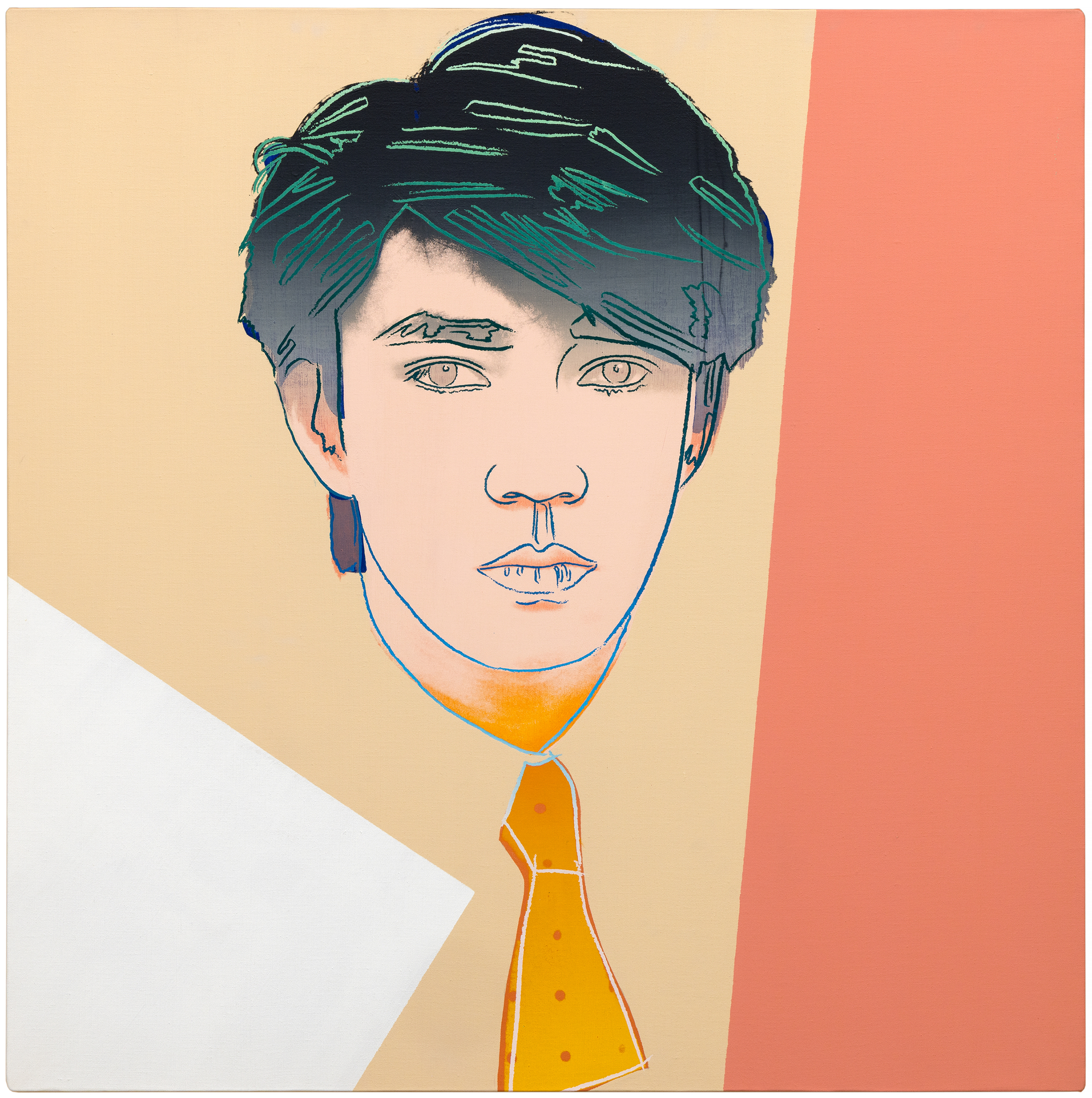
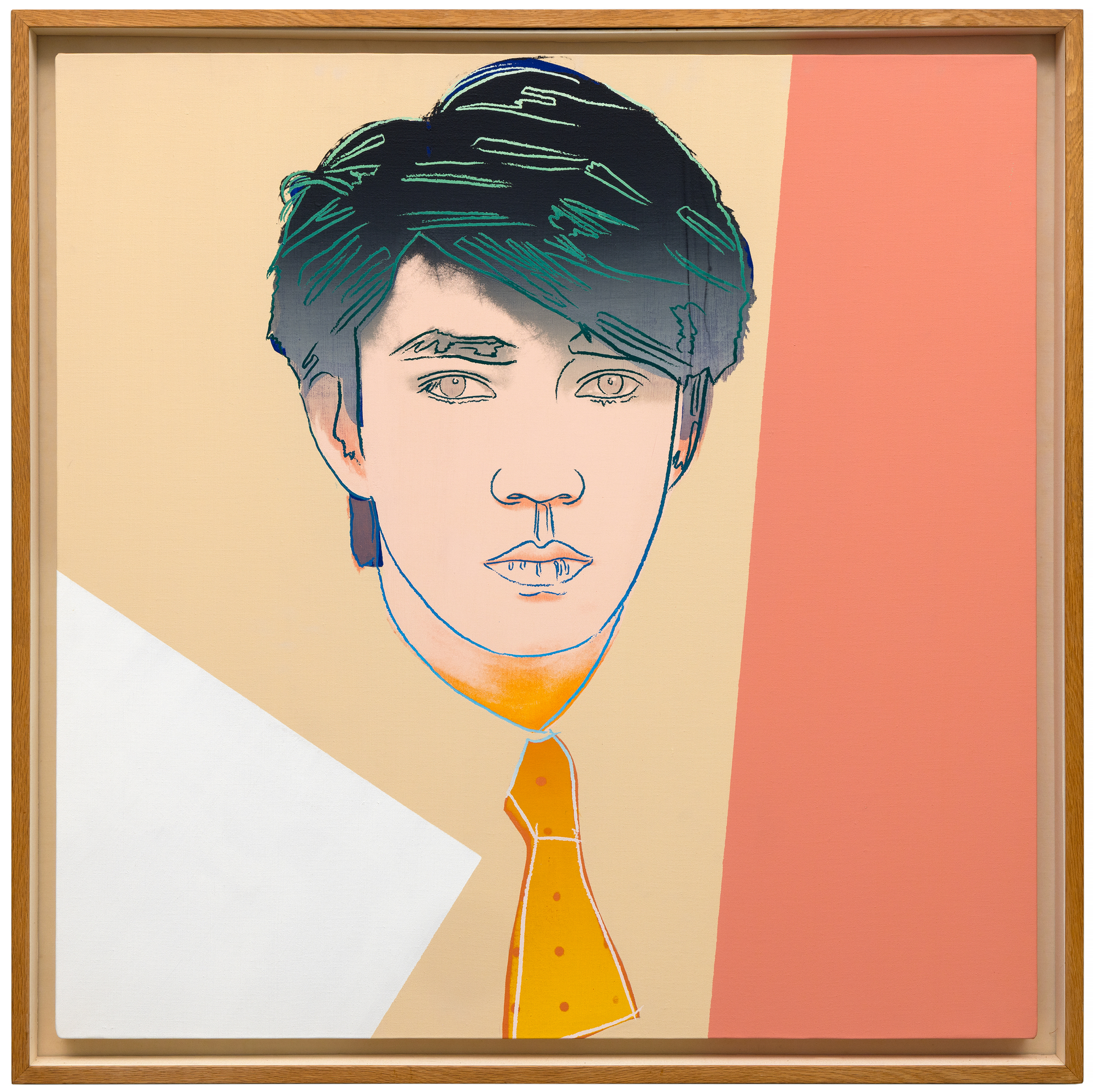
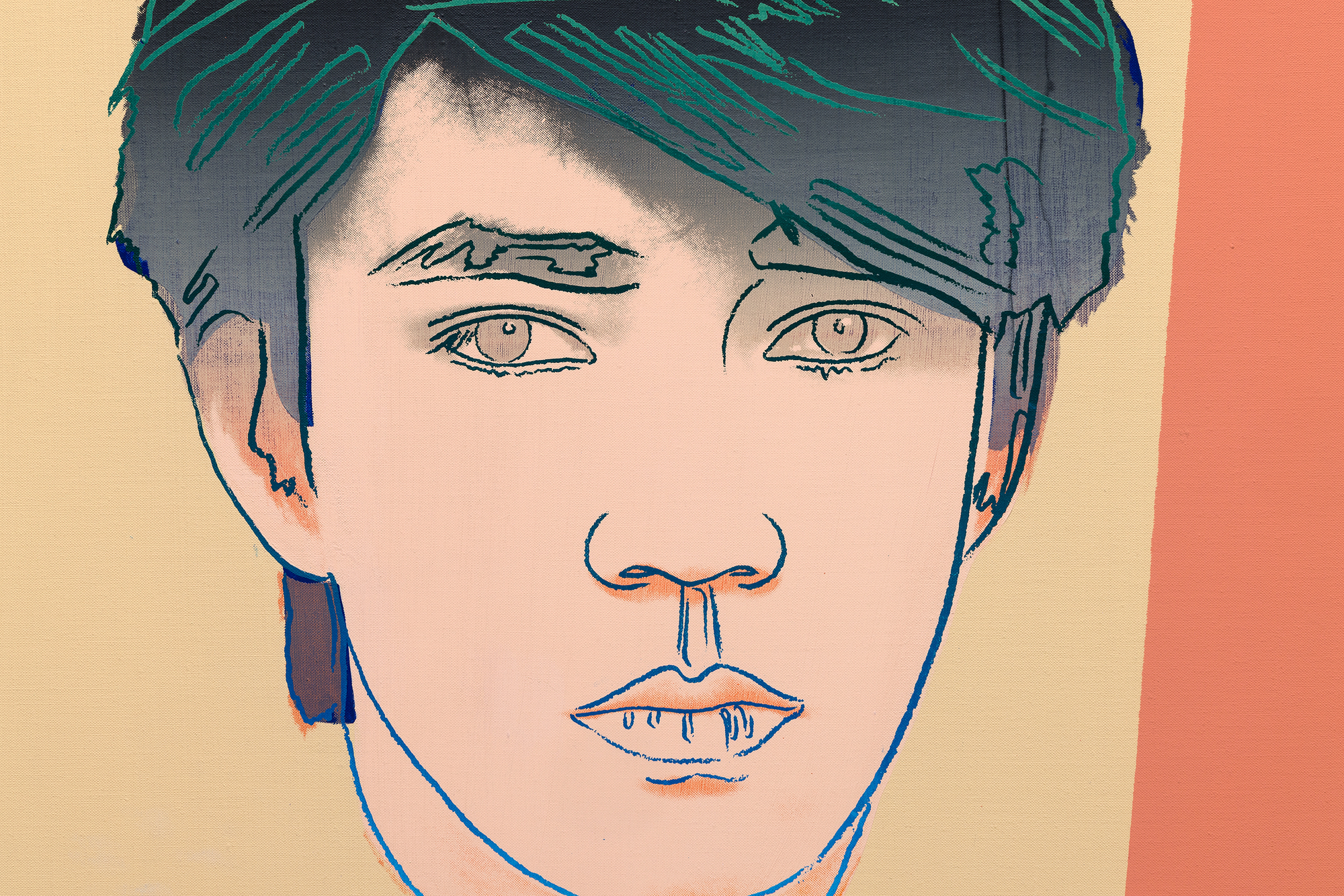
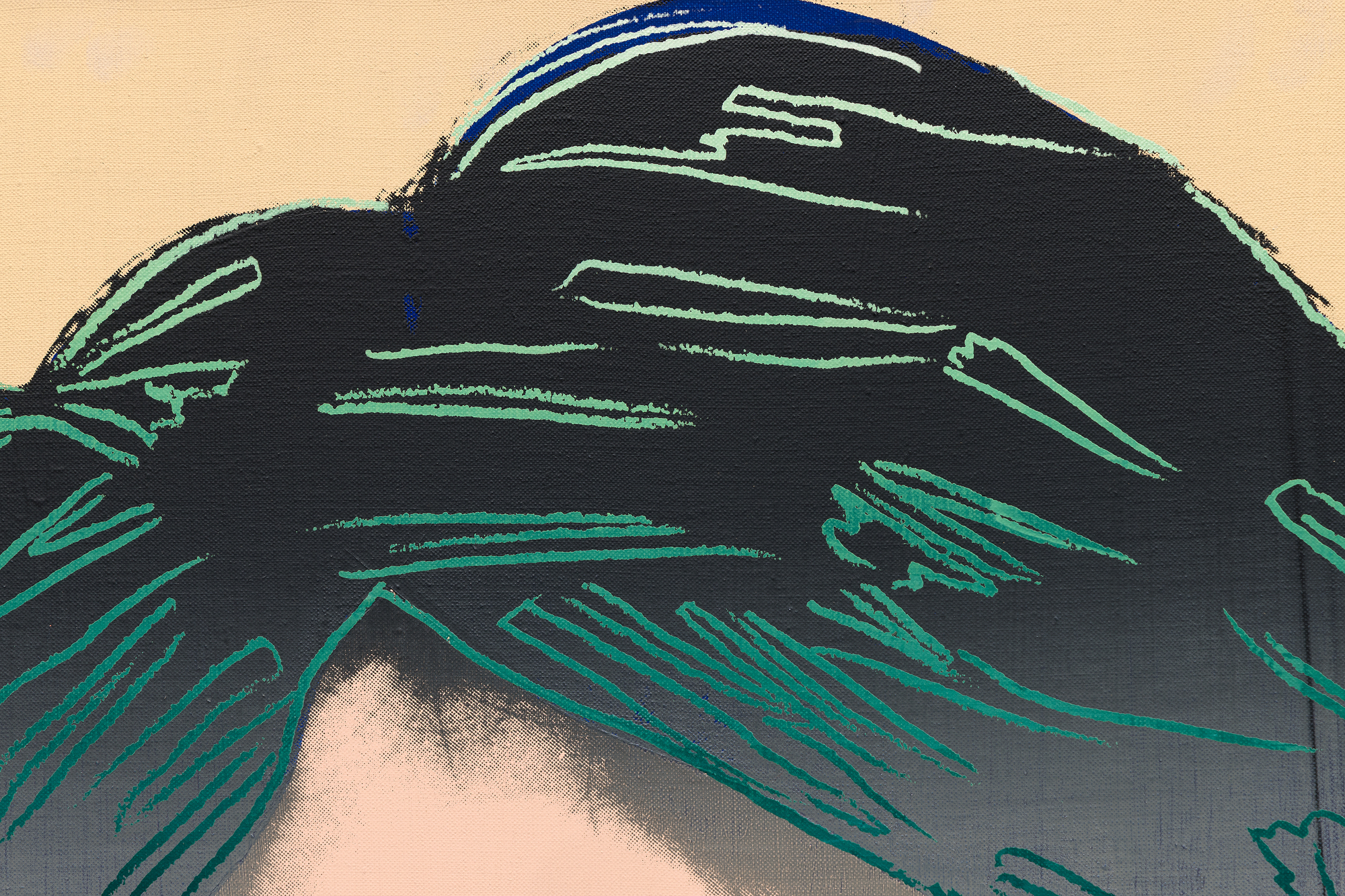
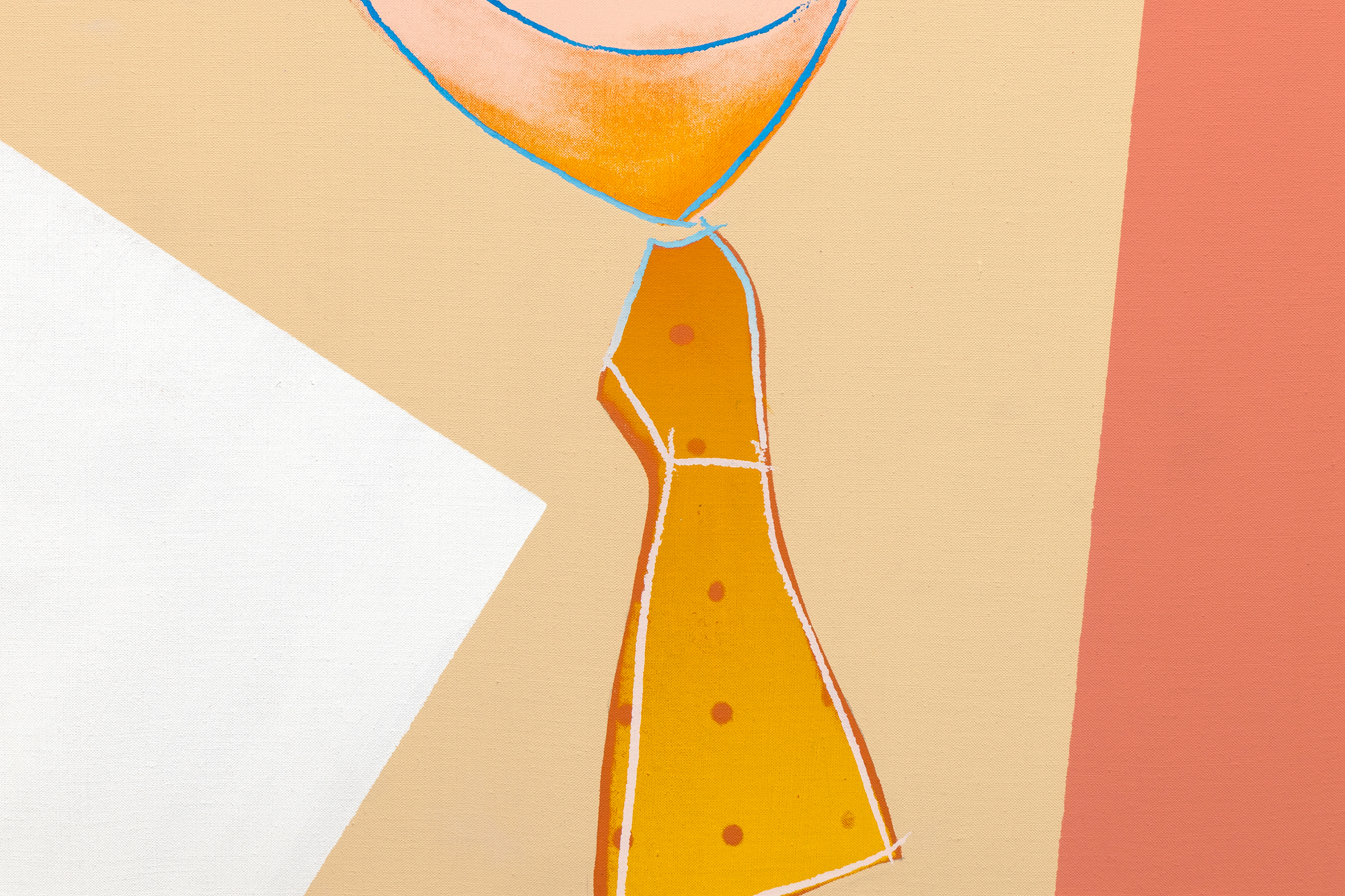
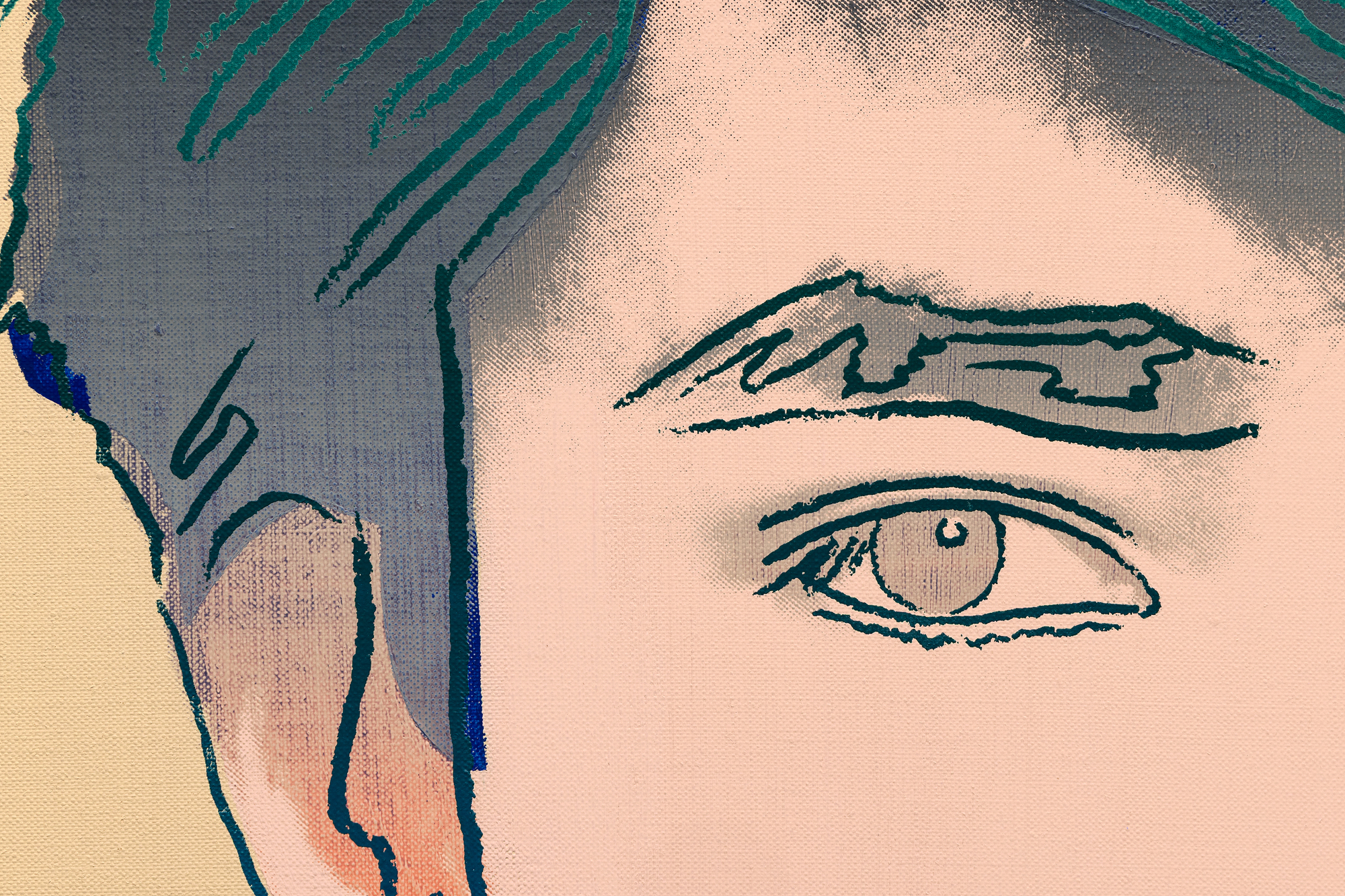

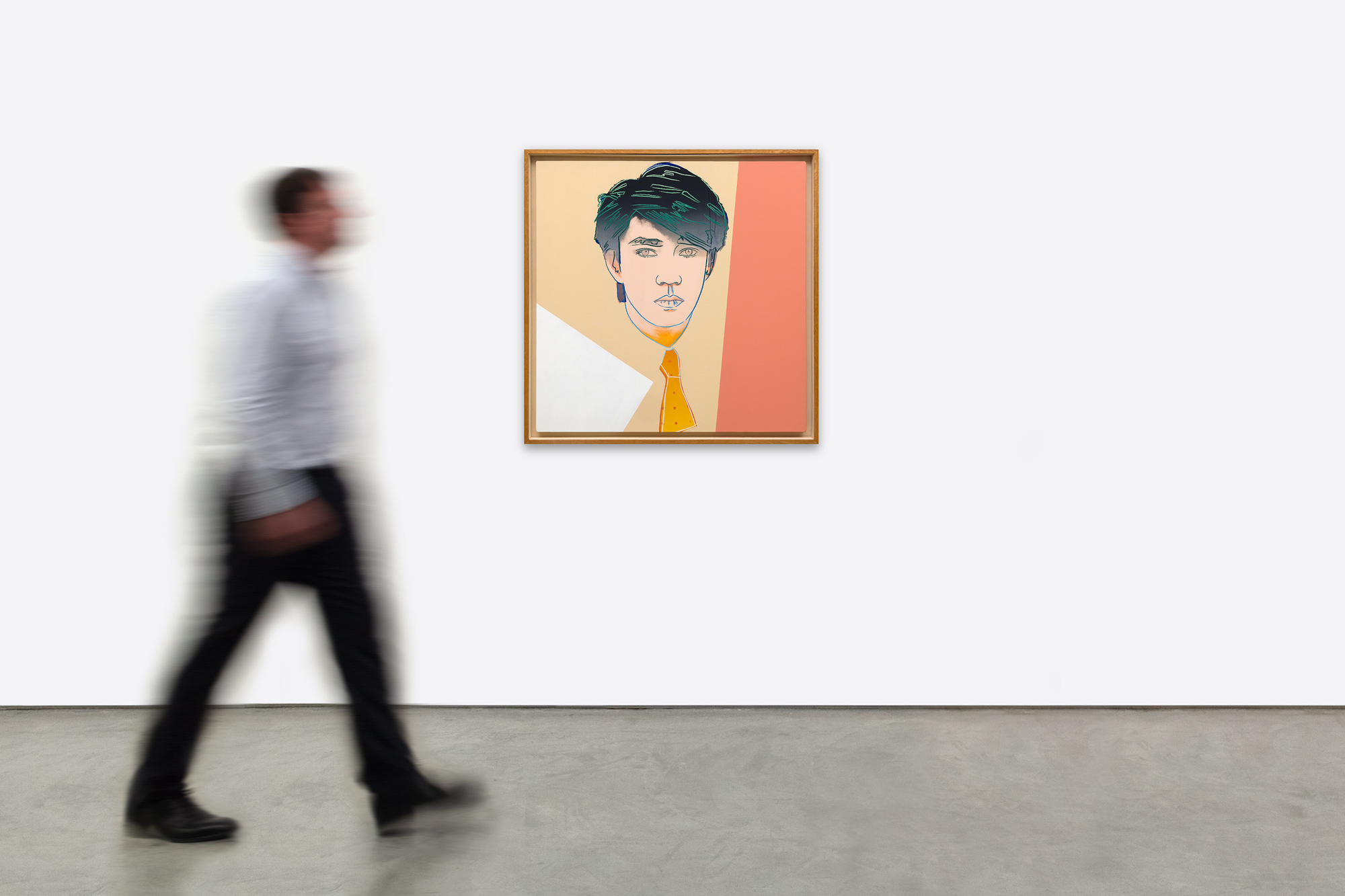
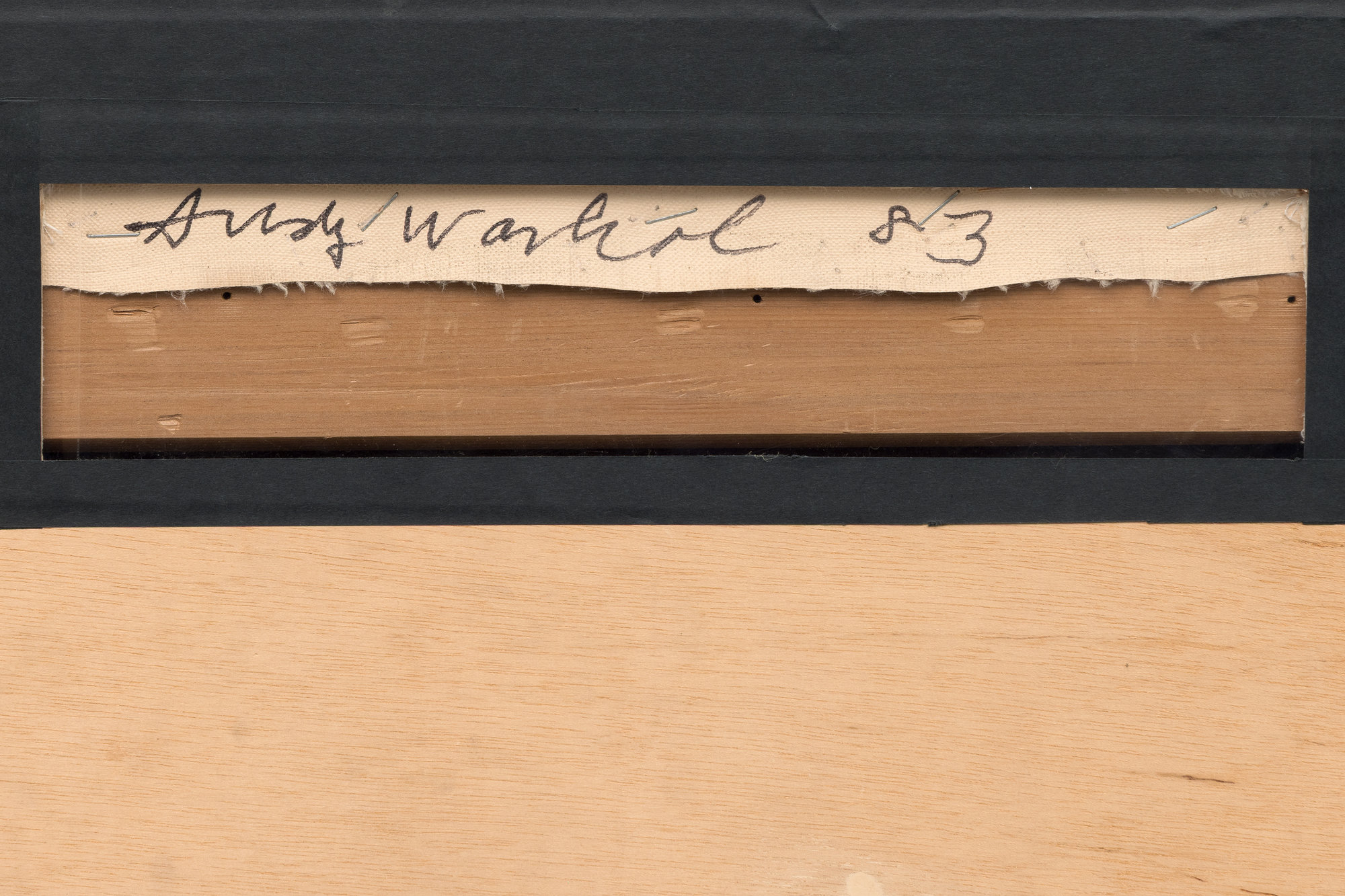
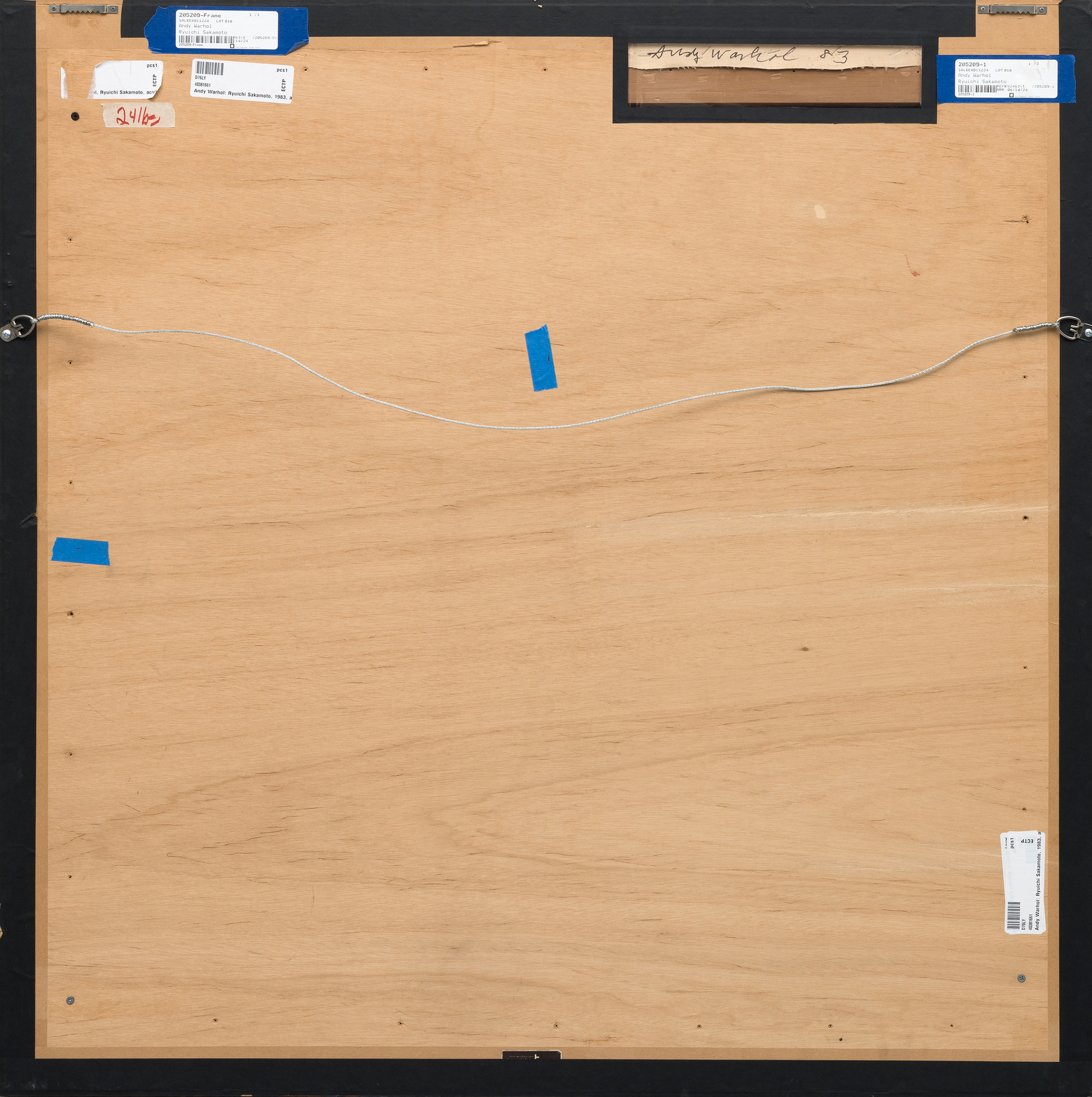
Provenance
Kyowa Hakko Kirin Company, JapanPrivate Collection
Mallet International, Tokyo, July 13, 2017, lot 230
Private Collection, acquired from the above
Sotheby's New York: Thursday, September 28, 2023, lot 245
Private Collection, acquired from the above
Price345,000
The composition highlights Sakamoto’s stylized face, rendered with precise silkscreen outlines. His dark, textured hair is set against a peach panel, intersected by a white triangular section. Warhol enhanced the silkscreen process with hand-drawn touches that heighten Sakamoto’s facial features. Blending mechanical and manual techniques gives the portrait both the polish of a silkscreen print and the tactility of a painting.
By the 1980s, Ryuichi Sakamoto was celebrated worldwide as co-founder of Yellow Magic Orchestra and for his pioneering solo work in electronic, orchestral, and film-score composition. By choosing one of the few non-Western, male subjects in Warhol’s roster, he acknowledged Sakamoto’s global influence and beauty, making this portrait especially rare in the artist’s oeuvre. Part of a broader series of celebrity portraits alongside icons like Mick Jagger, Debbie Harry, and Prince, “Ryuichi Sakamoto” exemplifies Warhol’s fascination with fame as commodity, screen-printing public personas to interrogate the intersection of art, commerce, and media.
A lithographic version of this painting is held by the Tate London and the National Galleries of Scotland, affirming its cultural significance.
This work stands as both a vibrant homage to one of music’s most innovative figures and a testament to Warhol’s enduring exploration of image-making. Its bold palette and iconic subject continue to resonate in contemporary collections seeking a nexus of music history, Pop-Art heritage, and cross-cultural dialogue.


